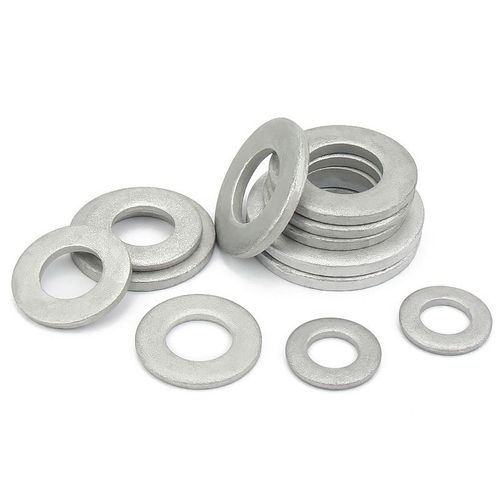drywall ceiling screw spacing factories
Understanding Drywall Ceiling Screw Spacing A Guide for Installation
When it comes to constructing interiors, drywall is one of the most popular materials used for ceilings and walls. Its versatility, ease of installation, and affordability make it a preferred choice in both residential and commercial settings. However, one of the most critical factors in achieving a smooth, long-lasting finish is ensuring proper screw spacing during installation. This article explores the significance of drywall ceiling screw spacing and offers guidelines to follow.
Importance of Proper Screw Spacing
Proper screw spacing not only secures the drywall to the ceiling framing but also prevents issues such as sagging, cracking, and pop-outs that may arise over time. When screws are too far apart, the drywall can flex, leading to visible seams and diminishing the overall aesthetic of the ceiling. Inadequate spacing also compromises the structural integrity of the installation, making it crucial to adhere to industry standards.
Standard Screw Spacing Guidelines
According to the Gypsum Association, the recommended screw spacing for drywall ceilings generally depends on the thickness of the drywall being used. For standard 1/2-inch drywall, screws should be placed every 12 inches along the edges and every 16 inches in the field. For thicker 5/8-inch drywall, the spacing can remain the same; however, consistent adherence to these measurements is paramount.
Installation Techniques
drywall ceiling screw spacing factories

When installing drywall on ceilings, start by marking the locations of joists or furring strips to ensure that screws penetrate into solid framing. It is advisable to use a drywall lift to hold the board in place, as this greatly aids in achieving a level installation. Begin by attaching the drywall at the edges with screws, followed by securing the field of the board.
Use a screw gun set to the correct depth to avoid over-driving screws, which can damage the drywall paper and weaken its integrity. Under-driven screws can also lead to problems, making it essential to ensure that the screws are flush with the board surface.
Tools and Materials
To achieve the best results in drywall installation, it’s crucial to have the right tools at your disposal. A drywall screw gun, a tape measure, a square, and a utility knife are must-have tools. Additionally, investing in quality screws can significantly enhance the stability of the installation and reduce future complications.
Conclusion
In summary, understanding and applying the correct screw spacing for drywall ceilings is vital for achieving a professional finish. By following industry guidelines and utilizing the right tools and methods, homeowners and contractors alike can ensure a durable and visually appealing result. Proper installation not only enhances the aesthetic value of the space but also contributes to the longevity of the drywall ceiling. Remember, meticulous attention to detail during the installation phase pays off in the long run, making it well worth the effort.
-
Top Choices for Plasterboard FixingNewsDec.26,2024
-
The Versatility of Specialty WashersNewsDec.26,2024
-
Secure Your ProjectsNewsDec.26,2024
-
Essential Screws for Chipboard Flooring ProjectsNewsDec.26,2024
-
Choosing the Right Drywall ScrewsNewsDec.26,2024
-
Black Phosphate Screws for Superior PerformanceNewsDec.26,2024
-
The Versatile Choice of Nylon Flat Washers for Your NeedsNewsDec.18,2024










